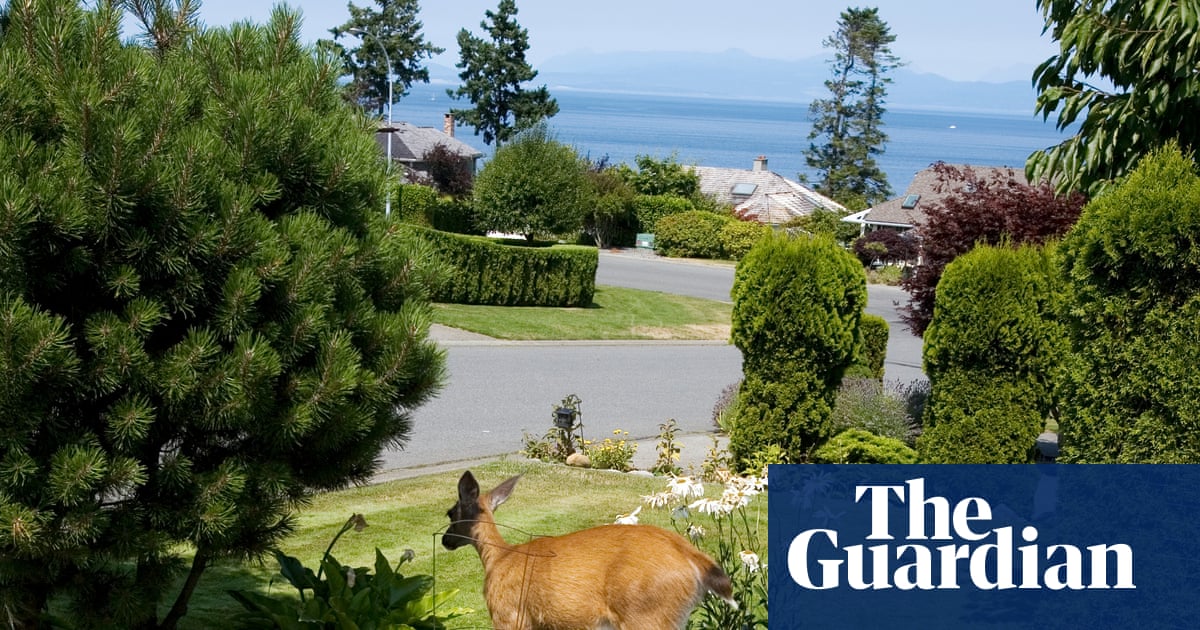
"A team of ecologists went out into their own neighbourhood to map the distribution of urban plants in one of the first studies of its kind. Equipped with tape measures and clipboards, they documented trees and shrubs, sometimes getting on all fours to crawl through bushes under the curious watch of local people. We had a lot of fun. Little kids loved our measuring wheel, says Prof Ann Kinzig, from Arizona State University."
"It made me look at cities differently. Existing ecological theories did not explain the distribution of plants in cities. In wild areas, plants are typically arranged by influences such as geography and weather: the rockiness of the soil, level of rainfall, exposure to light and shade. The scientists wondered whether a new theory was needed. And the answer was, we did, Kinzig says."
Ecological field teams mapped urban plant distributions in Phoenix neighborhoods, recording trees, shrubs and yard vegetation. Fieldwork showed that traditional ecological factors did not predict urban plant patterns. Instead, household wealth strongly correlated with greater vegetation cover and higher wildlife diversity, a pattern called the 'luxury effect'. In arid Phoenix, wealthier areas supported more planted and irrigated vegetation, reducing heat and supporting biodiversity. The luxury effect implies socioeconomic differences shape urban ecosystems and can affect human health and wellbeing through access to nature and microclimate moderation. Small increases in income were linked to increased planting and maintenance of vegetation.
Read at www.theguardian.com
Unable to calculate read time
Collection
[
|
...
]